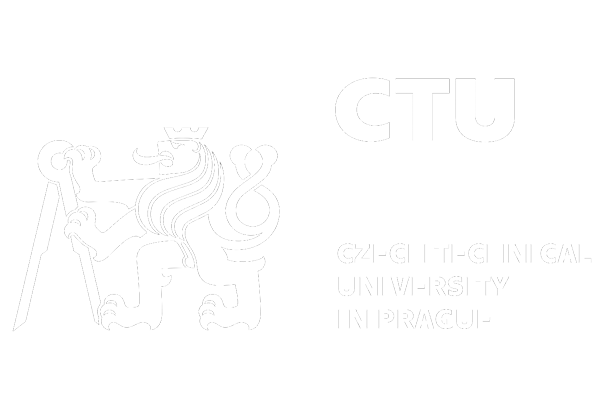PRINCIPLES
Project TEL4RAIN
Principles
A CML is a point-to-point line-of-sight radio connection between two nodes of a mobile phone network. Radio signals propagate along CML from a transmitting antenna at one node to a receiving antenna at another node. Cellular telecommunication operators store the transmitted and received signal levels, from which signal attenuation can be computed. At the employed radio frequencies, this attenuation is mainly caused by raindrops.
The relation between the rainfall intensity R (in mm/hr) and the attenuation of a microwave signal A (in dB) traveling in the atmosphere is the relatively simple power law: A=aRbL, where L (in km) is the length of the link and a, b are coefficients, depending on the frequency and the polarization of the signal, as well as on the drop size distribution (DSD) of the rain. The International Telecommunication Union publishes global (a, b) coefficients for any latitude. Dedicated coefficients for specific locations can be derived from local DSD measurements.
The rainfall-induced path-averaged specific attenuation is calculated from the decrease in received signal levels and converted to a path-averaged rainfall intensity by employing the above power-law relation. Subsequently, the obtained path-averaged rainfall intensities from individual CMLs can be utilized to create high-resolution rainfall maps.
Sources of errors:
- Limited precision of attenuation measurements (1/3 dB)
- Attenuation of the received signal during non-rainy periods, e.g. caused by reflection of the beam or dew formation on the antennas, resulting in non-zero rainfall estimates
- Attenuation due to wet antennas gives rise to overestimation of rainfall and needs to be compensated for
- Rainfall variability along the CML path
- Error related to rainfall spatial reconstruction


